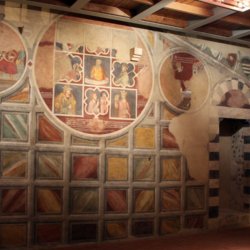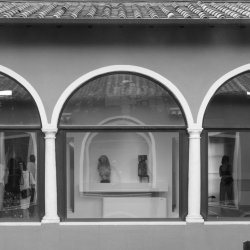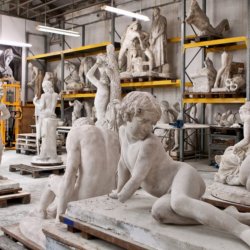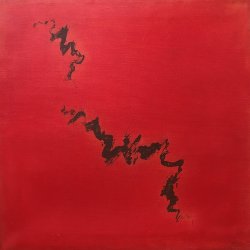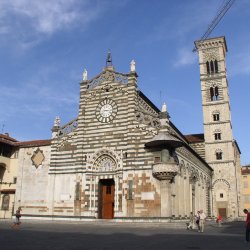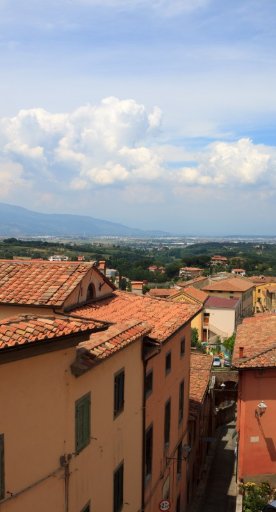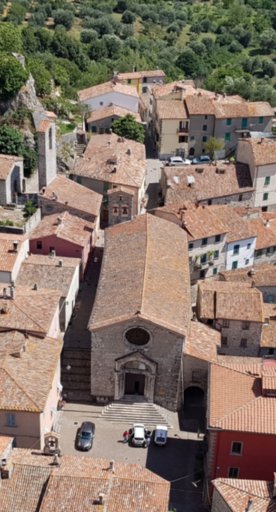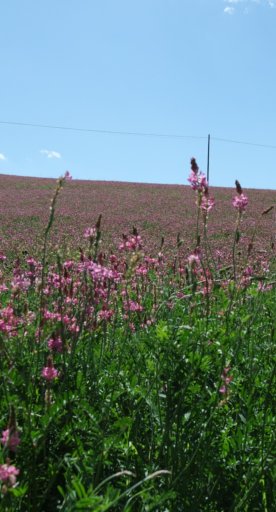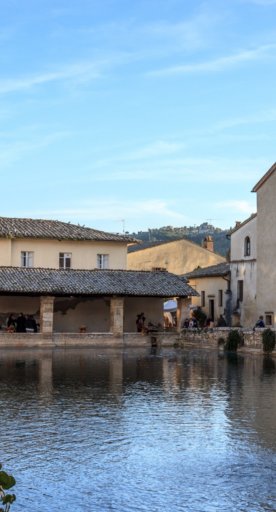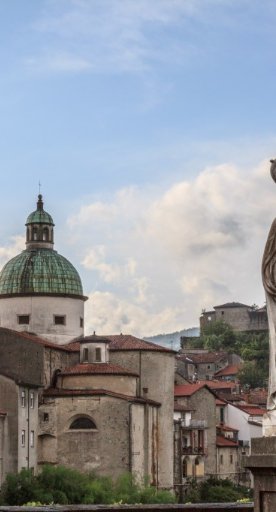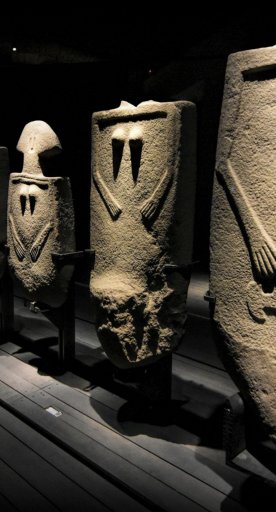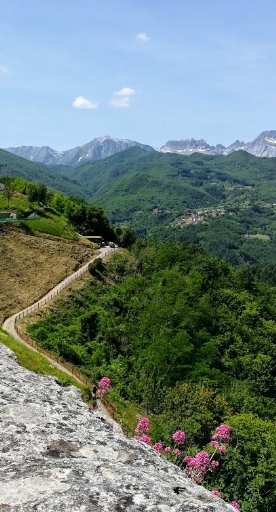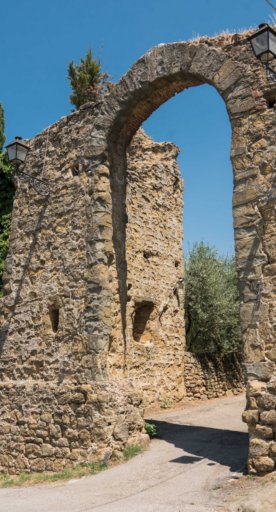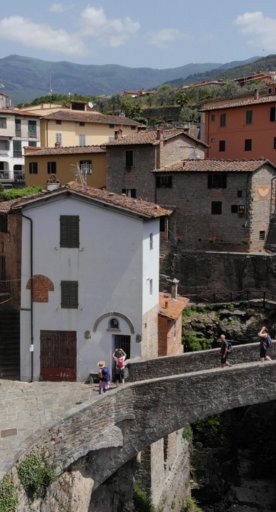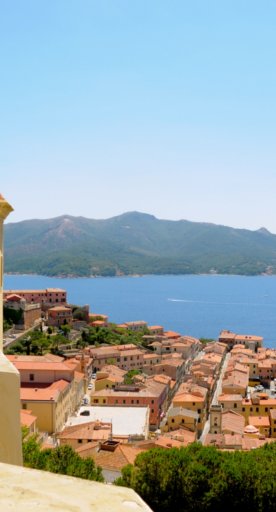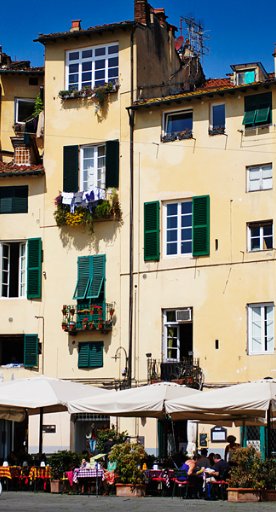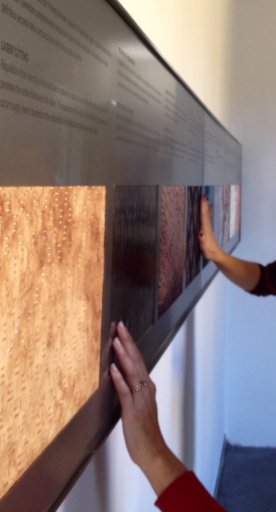

Top 5 sculptures to see in the Bargello museum in Florence
The Bargello is the National sculpture museum, located in Florence.
The building, begun in 1250, was the city's first seat of government (before Palazzo Vecchio) and soon after was used to house the Podestà (essentially the city's mayor).
In a later phase it became a jail, and in the 19th century finally restored to resemble its earliest phase and turned into the museum you can now visit.
The Bargello should be on any art-lover's list of museums to see in Florence
-
1.The 1401 competition panels
-
2.Donatello’s St. George (and the panel below)
-
3.Donatello’s Bronze David
-
4.Michelangelo’s Bacchus
-
5.Michelangelo’s Pitti Tondo
Before we head in to see a few things, let’s go over the layout of this museum because it’s easy to get lost (the rooms don’t exactly follow in a logical order). You enter into a courtyard (don’t miss the coats of arms of all the different Podestà on the walls) and you can either go into a room on your right (the Michelangelo room) or go up a set of steep stairs (note the original gate half-way up). At the top of the stairs there’s a big room on the right called the Donatello room.
Those two rooms contain most of the really important sculpture, but there are also smaller areas dedicated to things like fun bronze animals, maiolica, ivory and metal works, and jewelry that I suggest you explore too. There’s a top floor with 2 small rooms, the stairway is easy to miss (it’s in the room with the ivories).
Now for the visit. Schedule 1.5 hours for this museum and try to see as much as possible, including the beautiful decorative objects mentioned above. But don’t miss these FIVE most important Renaissance sculptures

The 1401 competition panels
In 1401 the city of Florence held a competition for a set of bronze doors to be made for the Baptistry. Artists were asked to submit bronze samples in the quattofoil panel shape of the topic of the Sacrifice of Isaac, the Old Testament story in which Abraham is told he must kill his son, Isaac, as a test of faith. The image had to include the father and son, as well as an altar, a donkey, a hill, two servants and a tree. That’s a lot of things to put in one small space!
The two runner ups from the contest have been preserved and are on display here on the back wall of the Donatello Room. They are by Ghiberti and Brunelleschi.
See if you can figure out who did which, or which one won, without looking at the wall text!
Donatello’s St. George (and the panel below)
High on the wall not far from those competition panels is a Saint George in a niche (1417-20). This is the original of a statue that once stood in a niche on the outside of the Orsanmichele (the city’s granary turned church). The niche in the museum is a reproduction of the rather shallow original space in which George stood.
Below the niche is a relief that, kind of like the predella of an altarpiece, tells the story of the Saint depicted above: this is the very first example of the stiacciato technique – a very low bas-relief that provides the viewer with an illusion of depth – and one of the first examples of central-point perspective in sculpture. And, not to confuse you, but the original of this relief is located on the right wall about halfway down the room (a bit lower so you can see it!).
In the center of this panel is George on horseback in the act of killing a dragon and thus saving the princess on his right, who clasps her hands over her chest in gratitude and amazement. The drama of this moment is amplified by the perspective that Donatello creates despite the medium – sculpture – which isn’t (yet) known for this effect.
Look at the loggia, or series of arches, on the right side of the panel and you see how they recede in space?
This is done (a) using the brand new method of one-point or scientific perspective, and (b) using the sculptural technique that Donatello invented called rilievo schiacchiato, or “squashed relief”.
The marble is just lightly incised, as if it were a piece of paper.
Donatello’s Bronze David
The Bronze David (as he’s called to distinguish him from an earlier marble David by the same artist) has been restored so you can now appreciate just how luminous the material of bronze can be when put in good hands.
This funny work has been causing scholars some confusion for a long time – we don’t really know what date it’s from (maybe 1440s) and there are some inexplicable details like the choice of hat and boots (but no other clothing) that are rather inappropriate for the shephard boy that this figure is supposed to represent.
The restoration has revealed traces of gilding (the application of gold leaf) on the boy’s hair, helmet, and boots.
Michelangelo’s Bacchus
This is one of Michelangelo’s really early works – it’s from 1496-7 so the artist was 21 years old (take into account that the stuff he produced when he was only 15 was already amazing). It’s one of the first works he did when he went to Rome; a commission for a cardinal who had a garden full of antique sculptures.
The tipsy god of wine is being held up by a tree trunk and a little satyr – elements that are actually necessary to keep a standing marble figure from breaking at the ankles. One of the most impressive things about this sculpture is the way that Michelangelo manages to make marble look like soft flesh that matches the drunken, relaxed emotions in Bacchus.
Michelangelo’s Pitti Tondo
This is one of two very similar round sculptural Madonna and child’s that Michelangelo made for Florentine families circa 1503-5. The tondo or round format is typical of domestic art, and wealthy families often had a painted or gesso tondo in their homes. Michelangelo’s youth still shows through as he has trouble accomodating Mary’s head in the frame (it sticks out above), but there is already a monumentality apparent here and a beautiful intimacy between the figures that anticipate his later works, especially the Ancestors series on the Sistine Chapel ceiling.
Plan your trip
Start your discovery


